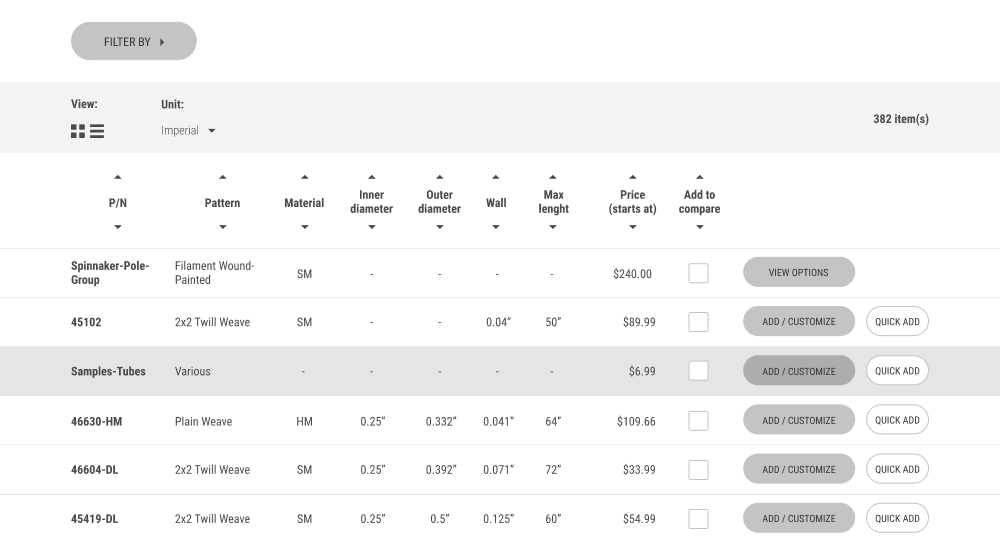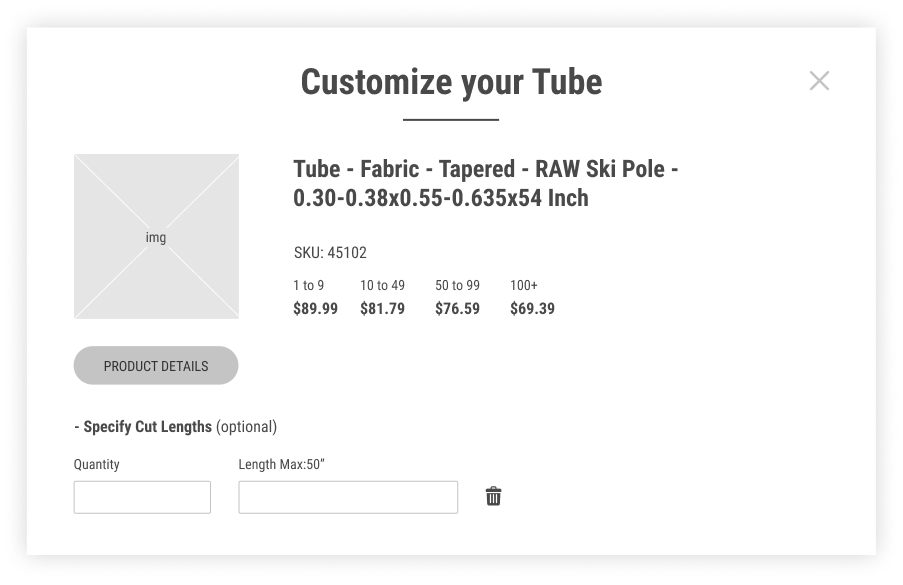Migration Case Study
Migrating a Composite Store from Magento 1 to Magento 2
-
10 years
working
in the market
-
10
product
categories
-
4K+
product
items
-
500+
customer
reviews
Challenges
The client came to us with a goal to execute a Magento migration. At the time, Magento 1 was going to stop supporting their 1.9 version in a year.
Another reason for the migration was the website performance and user experience. The Magento 2 migration was the most suitable solution for optimizing these issues, which completely covered the client’s business needs and saved money in the long run.
Want to work with us?
Leave your contact details and we’ll get back to you as soon as possible
Team
- DevOps Engineer
- Project Manager
- 2 Front-End Developers
- 2 QA Engineers
- 4 Back-End Developers
Solutions
As the Magento 1 and 2 platforms have considerable technological differences, migration basically means developing a website on the new platform from scratch.
The initial project requirements analysis helped us see that the most appropriate option was the Magento 2 Open Source Edition of the latest version, a cost-effective solution that delivers the foundation for features the client expected.
We also carried out UX research, performance and SEO audits to explore user behavior and build a new sitemap.
Based on a series of audits, we built a high-level-features list, which included our ideas on customizations, such as product configurator and better content organization.
The sitemap and high-level features list turned into prototypes, a visual representation of the webpages for the client. After that, we began working on the project specification document, including requirements on performance, scalability, and security.
Our developers delivered the prototypes and insights to the client’s design team. As a result of our collaboration, the final website designs were coherent with the client’s business requirements and objectives.
Sitemap
is a visual diagram of the hierarchy of pages within a website. Typically, sitemapping is one of the first tasks to be completed in any web design and development project.
Product configurator
is a tool used for configuration of products based on their components. The tool makes it possible to add and/or change functionalities of a core product or build a fully custom product for purchase.
Project specification document
is a comprehensive description of objectives for a development project. It contains all the goals, functionality, and details required for a development team to fulfill the vision of the client.
Development
We started the development phase from the most challenging objective, which was data migration from Magento 1 to Magento 2, and covered:
- ✔ installing all the third-party extensions onto the new Magento 2 instance;
- ✔ performing the first data migration from Magento 1;
- ✔ developing several custom features along with setting on theme development;
- ✔ running the second data migration to ensure the data structure is up-to-date;
- ✔ configuring the production environment and changing all the temporary credentials for extensions, payment, and shipping methods with production ones;
- ✔ executing the final data migration so all the latest changes in the database are there, testing if the critical client path has no issues, and having the website go live.
Features
User-friendly content organization. We analyzed conversion rate optimization practices, conducted UX research, and created content sections for category and subcategory pages, including description, FAQ, Shop By Category:
The Shop By Category section is easily manageable so that admins can change its heading and content separately for each category page.
Adding table views for categories for wholesalers. Based on our UX research, it appeared that the client’s B2B users need a smooth ordering process. That’s why we created an additional view to showcase products and their parameters appropriately organized into tables.
It gives users an option to sort out products and has an infinite scroll feature for usability:
After selecting an item, a user can click on the ‘Add/Customize’ button next to it and see the product configurator popup with an option to customize the product.
Users can also choose to add a product with the default parameters to the shopping cart by clicking ‘Quick Add’.
As several category pages contained table views with tons of information and could influence the speed loading and SEO performance, we optimized them with the Lazy Load extension.
Product configurator popup. It enables customers to enter product quantity, length, inner/outer diameter, cutting/sanding, and submit a special note for the merchant. At the same time, the costs are being automatically calculated according to the chosen options.
We discovered that some business operations and processes were overloaded because specific products require the client’s sign-off. It was the reason why our engineers implemented an additional space into the popup for such items, where users should read a return policy and type their name first to add the product to the shopping cart.
Custom shopping cart. The Magento out-of-the-box shopping cart functionality is limited and involves only quantity and an option to delete a product from the cart. We implemented functionality to customize products and easily change all the product information on both steps — in the popup and shopping cart. As a result, it immediately reduced the shopping cart abandonment rate of the client’s store by 11%, and this metric continues to improve.
Product finder. One of the features implemented for an effective user search and customer excellence was a popup, which can be placed on any relevant page. It allows customers to find a product by setting specific product details — inner/outer diameter, wall thickness, materials, etc.
‘Unit measures converting’ option. The functionality helps to browse through the product list in millimeters, centimeters, or inches, improving the website customers’ user experience.
‘Request a quote’ option for wholesalers. As the client’s business has a considerable market segment of merchant wholesalers and distributors, it was worth providing them with an option to ask for a unique offer and price. That is why our development team created a custom contact form to fill in all the product requirements and preferences. The completed form is sent to the client’s CRM system, and then the wholesaler receives a unique personalized offer from the client by email.
Result
First, we provided the client with the audits to determine which platform is suitable for the client's business, which data should be maintained, and which features to develop. We migrated the client's business from Magento 1 to Magento 2, implemented the product configurator functionality, and organized loads of technical content in a user-friendly way. Finally, we created an exhaustive user guide for the client to be on track with their website management, changing content, creating new products, etc.


